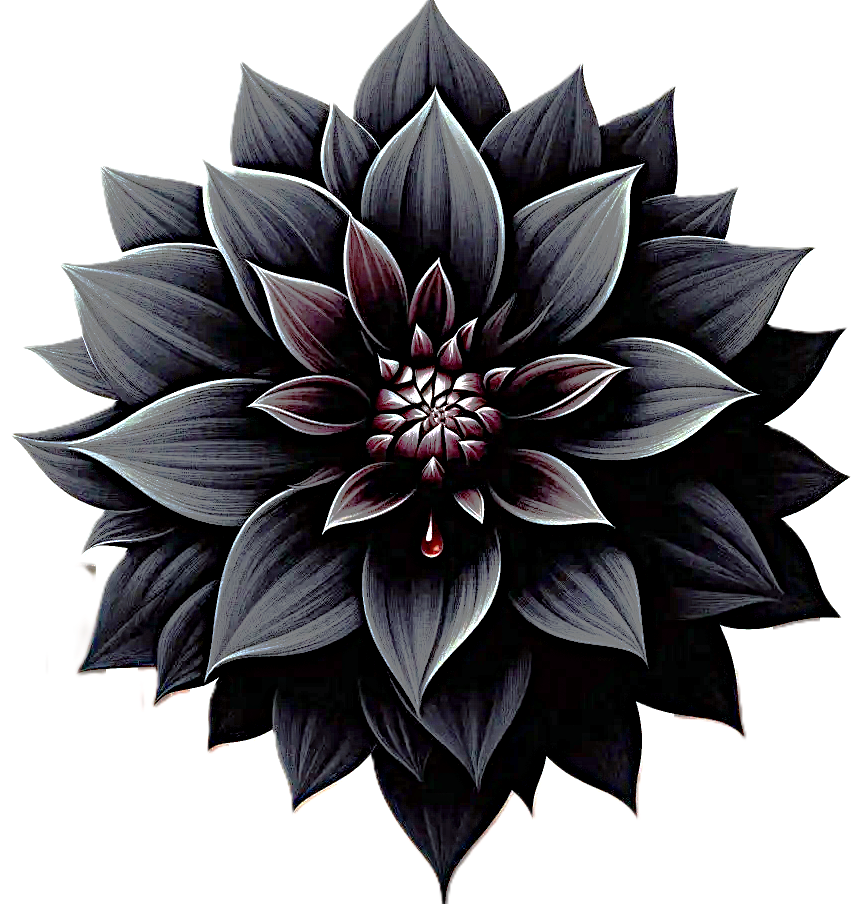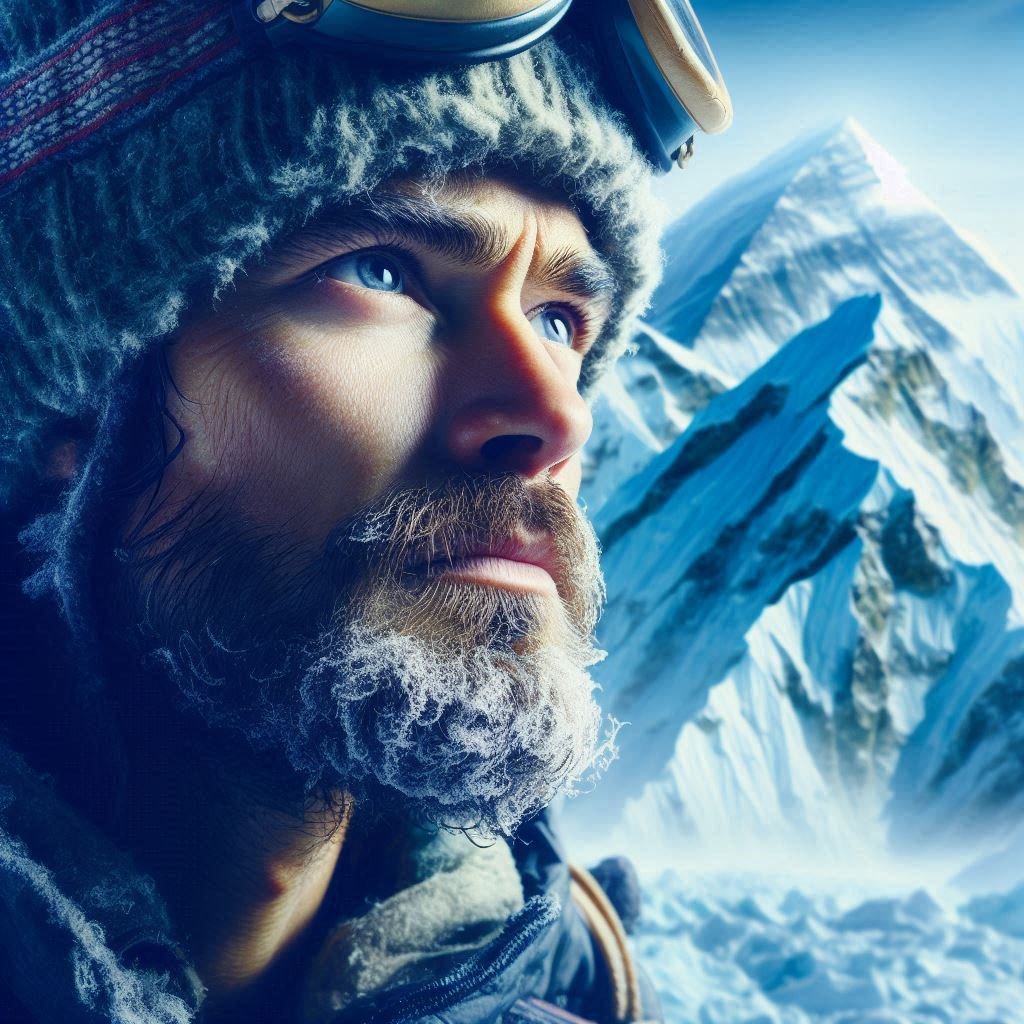Listen to “Unbelievable Survival of Beck Weathers” on Spreaker.
Imagine this… You’re standing on the roof of the world. The air is so thin every breath feels like fire in your lungs. A frozen wasteland of rock and ice stretches as far as you can see. It’s breathtaking—but also deadly.
Now, picture it all changing in seconds: a violent blizzard crashes in, turning everything into a swirling vortex of white death. In that chaos, one man is left for dead—his body frozen, his mind slipping… and then, somehow, he wakes up hours later, buried in snow, and starts the most impossible journey back to life.
This is Beck Weathers’ story—an Everest survival so wild, so dark, so utterly unbelievable it seems like fiction. But it’s not. It’s absolutely real—and the limits of the human spirit will be tested like never before.
The Dream
In the mid‑1990s, Beck Weathers lived in Dallas, Texas, working as a pathologist. He’d built a careful, successful life. But he had another side: a climber, obsessed with high peaks and pushing his limits. Mount Everest—the world’s highest point at 29,031 feet—called to him as the ultimate challenge.
He wasn’t a pro mountaineer, but he was serious. He’d climbed other mountains, prepped meticulously, and accepted that Everest meant risk. His passion had cost him something—time, attention—with his family. He admitted it: he was chasing something inside himself. Everest wasn’t just a mountain. It was a way to find what he felt was missing.
So, Beck signed up with Adventure Consultants, led by Rob Hall. Hall from New Zealand was known for being calm, smart, and safe. His team in Spring 1996 had both veteran climbers and determined amateurs like Beck. They acclimated over weeks—crossing the deadly Khumbu Icefall, building camps, fighting the cold and thin air… all to reach the summit.
Every day leading up felt like inching toward a dream. They were exhausted, freezing—but the pull of standing at Earth’s highest point drove them onward.
A Vision Blurs
Summit day was May 10, 1996. Beck and the team set off from Camp IV at about 26,000 feet—the dreaded Death Zone, where the body rapidly starts breaking down. Air is scarce, energy is drained, and every breath is a battle.
But something was wrong for Beck early on. He had radial keratotomy surgery in his past—laser eye surgery to correct vision. At extreme altitude and with dry mountain air, the surgery’s aftereffects hit hard: his vision started to go. What had once been sharp became fuzzy, then blurred—turning the rocks and ice into an indistinct, dangerous blur.
By the time he reached the Balcony—about 27,000 feet—he could barely tell shapes apart. He told Rob Hall. Hall told him firmly: stay put at the Balcony. If your vision doesn’t clear, he’ll come back down with you. Don’t go any higher.
Beck waited. Clinging to hope the sun might help. His teammates trekked upward, disappearing into the pale sky above. He watched them go, thinking—maybe we’ll turn around together. But nature had other plans.
Whiteout Terror
That afternoon, weather on Everest flipped fast. Clouds thickened, wind roared, snow whipped into the air. Within minutes, a ferocious blizzard engulfed the upper mountain. The world turned into a chaotic, blinding snowstorm—Wind chill dropped, visibility vanished. They called it like being inside a “bottle of milk.” You couldn’t see a rope, a person, or your own hand.
Beck was sitting out in all of this, frozen, blind, exposed. He never moved. Others climbing or descending got lost, stumbling around, disoriented. Fixed ropes vanished in the white haze. Camp IV—only about a quarter‑mile away—was lost in the storm.
They huddled, exhausted, low on oxygen, shivering. The cold wasn’t just painful—it was deadly. Hypothermia slowly crept in. Beck’s strength faded, consciousness faded—and his hands and feet began freezing fast.
That morning’s dream of summiting turned into a desperate fight to survive.
The Cruelest Decision
By nightfall and into early May 11, things were grim. Beck, nearly unconscious, was basically frozen. Pictures and reports say his movements were sluggish, responses nearly gone.
Michael Groom, a guide, tried to lead the group toward Camp IV—but visibility was impossible. They barely got themselves moving, much less help others.
Later, a guide team with Stuart Hutchison and two Sherpas discovered Beck and another climber, Yasuko Namba. Both were unresponsive, frozen solid. They made the awful call: they were beyond help. To try moving them would risk everyone—because in the Death Zone, tough calls must be made. So they covered Beck and Namba with spare clothes, whispered a final gesture of care… and then left them behind.
From Camp IV, someone called Beck’s wife Peach in Dallas and told her he had died. A frozen man lying on Everest had been pronounced gone. The mountain had claimed him—or so it seemed.
The Awakening
And now… the unbelievable part.
Buried in snow and ice for 12 to 15 hours, unconscious, Beck Weathers woke up.
He later described it like this: you’re in a deep, confused sleep. You open your eyes, but your body is a block of ice. Movement is agony. His vision still fuzzy. The pain intense—but there was no sensation where the frostbite cut nerves off. His face coated in rime ice, his entire body numb.
Then he saw it: the faces of his wife and children, vivid in his mind. Not hallucination exactly—but a fierce, emotional vision. If you don’t get up, you’ll never see them again. That became everything—his one reason to fight.
With pure willpower, he slowly pulled himself up. He stood on feet that felt shattered. He shifted, creaked, stumbled forward directionless—relying on memory, a faint slope, and instinct. He couldn’t see well. Each step was agony. Blood‑freezing pain shot through his extremities. But he moved, inch by agonizing inch toward Camp IV. Driven by love. Fueled by the image in his mind.
The Impossible Walk
This wasn’t just walking. It was sheer will. Beck later called it a kind of “controlled hallucination.” His thoughts grounded him: “One foot in front of the other.”
Hours passed. Then—a silhouette emerged through the storm. Another climber, shocked: “What is that ghost?” was their thought. Beck, frozen and crippled, lugging himself forward, seemingly walking from the dead.
Word spread fast: Beck was alive.
At Camp IV, people who had written him off were stunned. He stepped into the tent—covered in ice, face blackened, hands like frozen clubs. He could barely speak. But there he was. Alive.
They gave him hot liquid. They tried to warm him. They assessed injuries: nose, fingers, toes were dead. But he had walked back.
It defied logic. It defied mountaineering norms. His miracle return became legendary—a testament to human will.
A Helpless Miracle
But the story wasn’t over. Beck’s injuries were catastrophic. He needed medical help fast. But at Camp IV—26,000 feet—there was no hospital.
Then they pulled something off that had never been done before: a helicopter rescue from the Death Zone. The air is so thin no helicopter should fly there.
A Nepalese army pilot, Lieutenant Colonel Madan Khatri Chhetri, volunteered. He flew a specially modified chopper into deadly wind and low air density—twice that day—to land near Camp IV. Beck, barely coherent, was gently lifted onboard. Another climber, critically injured, also got a ride.
They flew him to a lower camp, then to Kathmandu, Nepal. From there he flew to America for surgeries and recovery. That rescue became the highest-altitude helicopter evacuation in history at that time—nothing short of heroic.
Rebuilding a Life
Back in civilization, Beck faced a brutal new reality.
His frostbite was so severe: right arm amputated partway between elbow and wrist. All fingers and thumb on his left hand gone. Parts of both feet lost. His nose had died completely; doctors rebuilt it from tissue on his ear and forehead. Multiple surgeries. Painful. Emotional. Long healing.
But even more difficult than the physical pain was the emotional reckoning. Beck had put climbing above family. He had used the mountain to escape sadness and depression. Now, with parts of his body gone and nearly his life too, he faced himself. He saw that his obsession had cost him deeply. But he also realized: he’d been given a second chance.
With support from his wife Peach and his kids, he forced himself to relearn how to live. He went back to being a pathologist, adapted, adjusted—and redefined what “normal” meant to him. He wrote a book called “Left for Dead: My Journey Home from Everest,” sharing pain, struggle, redemption, and hope.
What We Learn from the Death Zone
Today, the 1996 Everest disaster—where multiple climbers died—remains one of the deadliest on Everest. Weathers’ survival stands out as a beacon of what humans can endure. His ability to return from the brink, guided by the love of his family, became a lesson in resilience.
His story raised serious questions about commercial climbing. When guides take clients up Everest, where does safety end and ambition begin? After this tragedy, the climbing world changed. More emphasis on turn‑around times. Clearer safety protocols. Greater awareness of the ethical responsibilities guides have.
Beck became a motivational speaker, sharing his story with audiences around the world. He talks about how losing body parts still meant he gained back life, family, purpose. He says: sometimes what destroys you can also rebuild you—if you choose to let it.
Why This Story Matters
Beck Weathers’ Everest survival is not just a mountain story—it’s a story about choices, consequences, and the raw potency of hope. A man thought dead, buried, forgotten, who walked back toward life powered by memory and love. A story that shows how deep despair can spark an inner strength no one knew existed.
It speaks to us all—especially when life feels impossible. When someone tells you “you’re done,” that’s often when the human spirit begins the greatest fight. Beck’s journey reminds us: the mind, tethered to something larger than fear—family, passion, love—can do the impossible.
So, what do you think? Does his story show that love can push someone past their limits? How would you hold on if you were stuck out there in the Death Zone? Let me know your thoughts—because stories like this stay with us, long after we’ve watched.
Until the next strange, dark, mysterious tale—stay curious, stay courageous… and keep an open mind.




